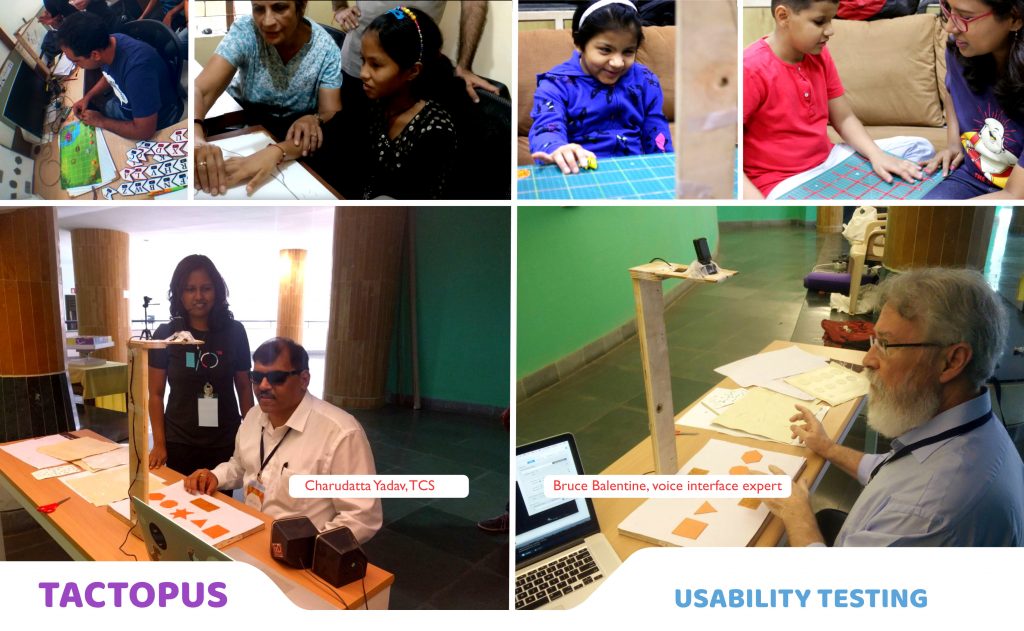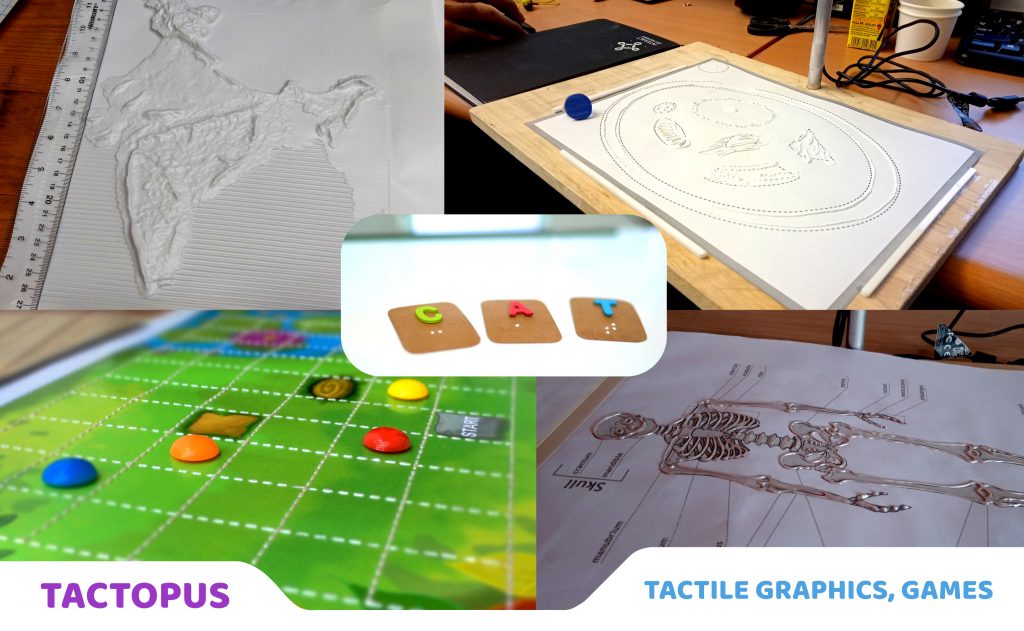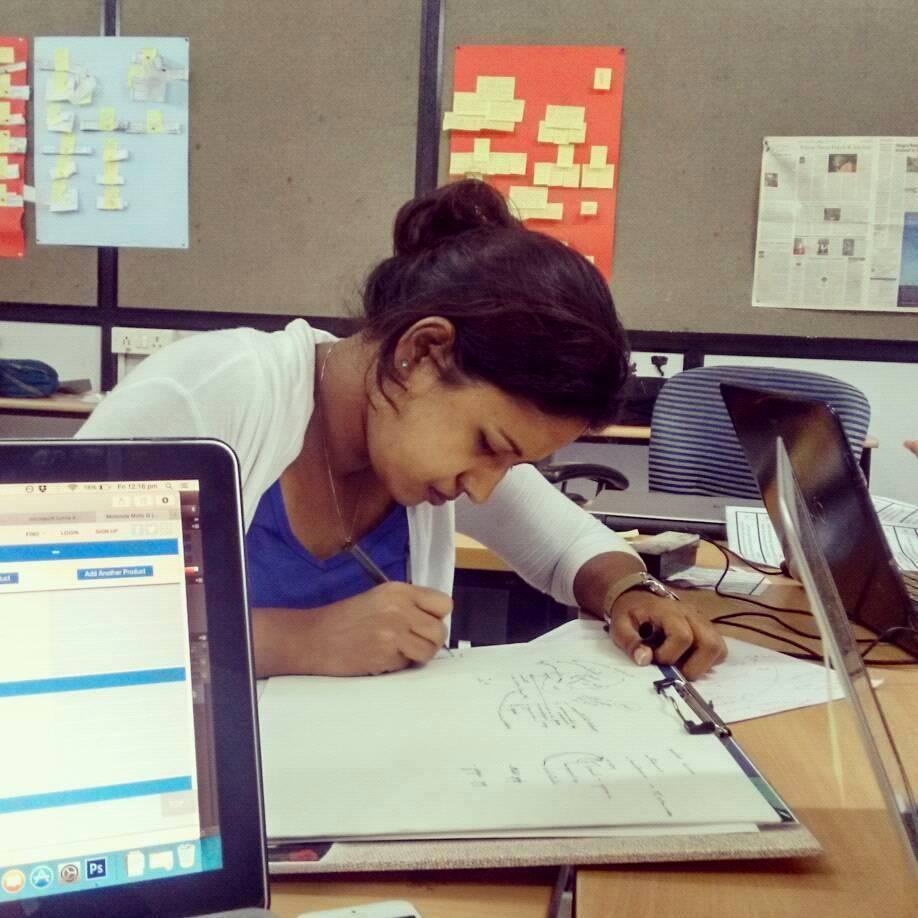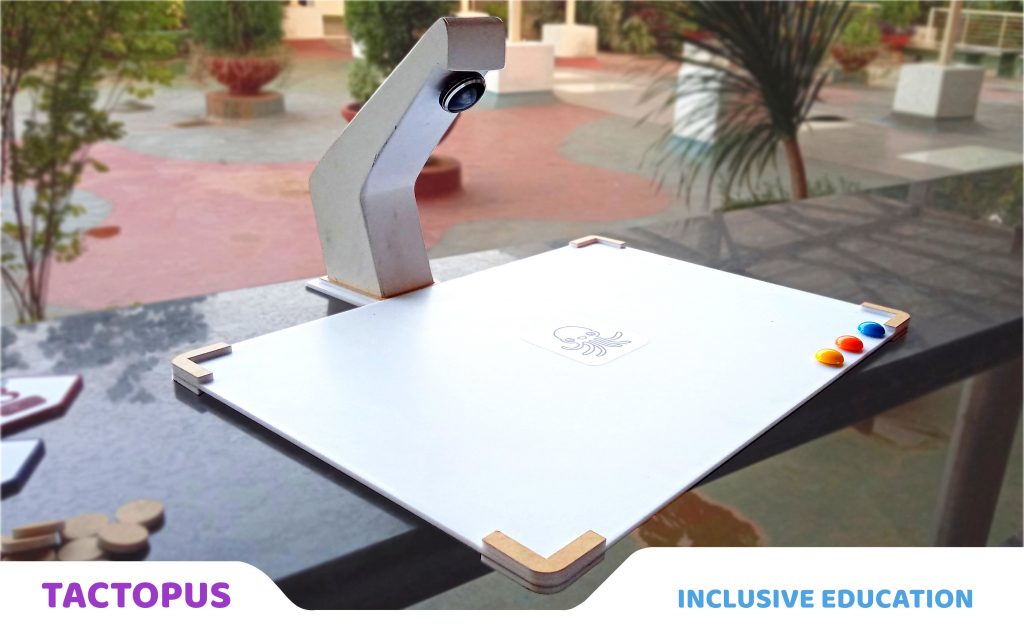Architect By Chance
She says- “After high school, the plan was to do my engineering in Electronics. But I chose to pursue architecture almost on a whim. I was just fascinated by how interesting and offbeat architecture and design seemed. I definitely enjoyed the course because it gave me exposure to many things I wouldn’t have had in an engineering program, like rural studies, vernacular architecture, urban planning and climate responsive design. It really was an opening into a wide spectrum of career options.”
“It was supposed to be a temporary arrangement, but it went on for three years. Titan was an unexpectedly interesting learning experience for me. It’s a huge corporate entity and there was so much to learn about how organisations work and large scale operational challenges are met. Luckily for me, Titan also had a culture of being fluid about teams and responsibilities. I eventually gravitated away from architecture and space design. With my free time, I would work on graphic design and illustration first, and later digital product design. It led me to want to study interaction design at IDC, one of the best places in the world to pursue this subject. This time, it was a lot more deliberate, and an informed decision.”

Fine Tuning The People-Machine Chemistry
She says- “People should also be able to use it in an error-free, effortless manner, without the process being too much of a mental or physical strain. This takes a deep understanding of human behaviour, cognitive abilities and limitations, emotional responses, etc. I felt a lot more excited and driven to design for these challenges, and the design community at IDC is very inspiring!”
The Inception Of Tactopus
A few months after the project was completed at an academic level, Chandni received a grant from NIDHI Prayas through SINE, IIT Bombay, to prototype the product and test it. They are currently in the third version of the prototype.
When asked about the big plans Tactopus has, Chandni shares- “The vision of this venture is to make the visual parts of textbooks accessible to blind children, and this is important because students with visual impairment shouldn’t find themselves unable to pursue certain disciplines such as science or math because the right resources are unavailable.”

Expectations From Tactopus
Tactopus is a device equipped with a custom camera. It can be kept on the table in front of a book of tactile graphics. When a child explores the tactile material with their fingers, the device (through computer vision /image processing) is congnizant of the child’s finger location, and provides audio labels, explanations and even sound effects according to their fingers’ movement.
So for example, a child can learn the map of India by running their fingers over the tactile state map and they will hear different states’ names being spoken out loud.
“We are also creating board games and activities using this technology that we have developed. There are spelling and counting games for very young children, and also more complex games involving deduction skills comparable to minesweeper. (Just a comparison to indicate the level of complexity!) Our product development and content development are parallel processes, and we’re seeking further funds to support us in this endeavour”, says Chandni.

KnowYourStar.com (KYS) interviewed Chandni Rajendran as part of the India Inclusion Summit(IIS). IIS is a platform that brings awareness and drives the inclusion of specially-abled people in corporate organisations, schools, policymaking and NGOs. KYS is the official blogging partner for IIS, and backs the event wholeheartedly. Let’s build a more Inclusive India!
Liked reading this? Then you might also like to read Johan Dhinakaran – The Physiotherapist Whose Passion Is Empowering Persons With Spinal Cord Injuries
If there’s any story that needs to be told, we will tell it. Write to us at contact@knowyourstar.com with your story lead, or contact us on Facebook or Twitter.
